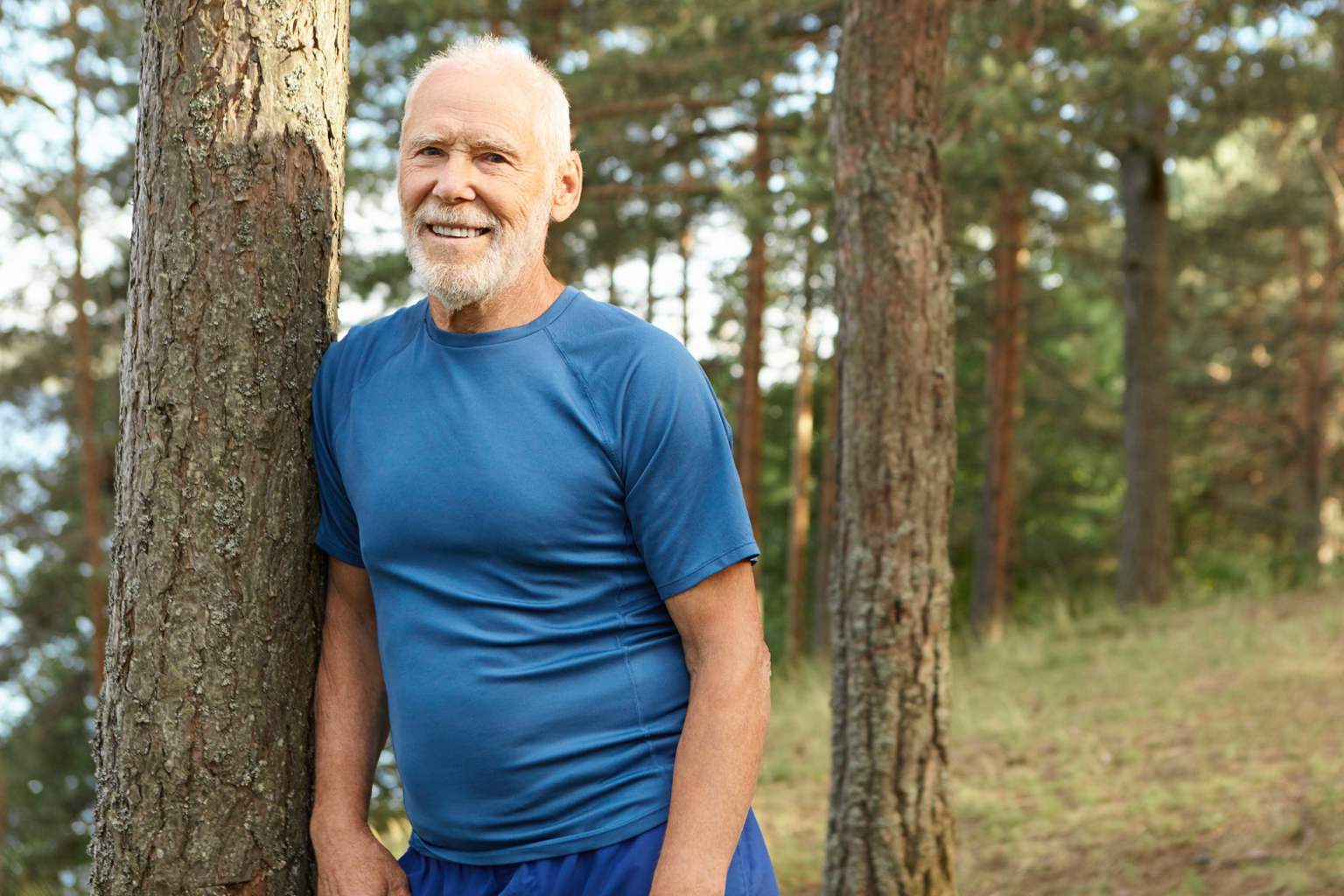Few realize how transformative a dip in the pool can be—especially for those over 65 seeking to safeguard their heart health. While cycling and running often steal the spotlight, there’s a gentler yet powerful exercise quietly making waves: water aerobics. This remarkable workout offers retirees a low-impact, effective way to boost cardiovascular fitness without straining aging joints.
If you’re wondering whether this is just another fitness fad, think again. The pool’s buoyancy and resistance turn every movement into a heart-pumping challenge — and it’s easier on your knees, hips, and back. Let’s dive into why water aerobics deserves a spot in your weekly routine, especially if you’ve been hesitant to lace up your sneakers for more traditional exercises.
How water aerobics supports heart health and overall fitness
The secret behind water aerobics’ cardiovascular benefits lies in water’s unique properties. When you move in water, your muscles work harder against natural resistance, even during gentle exercises such as leg lifts or arm curls. This resistance causes your heart to beat faster, improving blood circulation and oxygen delivery throughout your body.
Studies show regular water-based exercise reduces the risk of heart disease — a crucial benefit considering that heart disease remains the leading cause of death for seniors in the US. Plus, because the water supports about 90% of your body weight, you can push your limits without worrying about joint pain or injury.
This combination of cardio and strength training makes water aerobics a well-rounded approach to health. For example, your quads, hamstrings, and core muscles get strengthened while your heart rate stays elevated. This dual benefit isn’t always easy to find in land-based exercises, especially for retirees dealing with arthritis or past injuries.
Why water aerobics is gentle on joints and improves balance
One of my own favorite lessons with water aerobics happened when I noticed how much easier it was to move in a pool versus on land. After my mother’s knee surgery, running was never an option for her again. But walking and exercising in the pool became her sanctuary — no swelling, no pain, just freedom to move.
Water’s buoyancy literally lifts the strain off your joints, helping reduce stress on knees, hips, and ankles. Unlike high-impact activities such as running, every step in the pool is cushioned, so even those with osteoarthritis can safely engage in meaningful exercise.
In addition, water’s supportive environment boosts your balance and coordination. Falls are a serious concern for seniors, often leading to severe injuries. Water allows you to practice balance exercises without the constant fear of falling. This protective setting encourages confidence, helping improve stability that carries over to daily activities like walking down stairs or standing from a chair.
How water aerobics helps manage weight and ease chronic pain
Weight management can be a complicated journey after 65, but water aerobics gives you an edge. Moving through water burns calories faster than many land-based workouts. For example, walking in waist-deep water requires more effort than walking on a treadmill at a similar pace. Over time, water workouts contribute to fat reduction, an important factor in controlling risks like diabetes and metabolic syndrome.
The soothing warmth of heated pools adds another layer of benefit, particularly for those battling chronic pain. Heated water relaxes tight muscles and joints, helping to ease aches and stiffness. I remember seeing a friend who struggled with arthritis reclaim her mobility and independence through gentle aquatic movements.
Beyond physical health, water aerobics offers a social outlet. Many classes welcome people of all skill levels, creating a vibrant community atmosphere. The laughter, encouragement, and shared experience add joy to each session — a reminder that fitness doesn’t have to be boring or lonely.
Ready to give water aerobics a try? Start by checking local community centers and pools for senior-friendly classes. Many places offer tailored sessions that accommodate different mobility levels and health conditions.
Remember to consult your doctor before starting, especially if you have ongoing health concerns. Begin slowly with one or two sessions per week in shallow water. Tools like flotation belts or noodles can provide extra support while you build strength and confidence. Exploring variations such as aqua yoga or ai chi might add balance and mindfulness to your workouts, too.
Have you tried water aerobics or know someone who has? What was your experience like? Share your thoughts or stories below — let’s make health and happiness ripple through our community!
